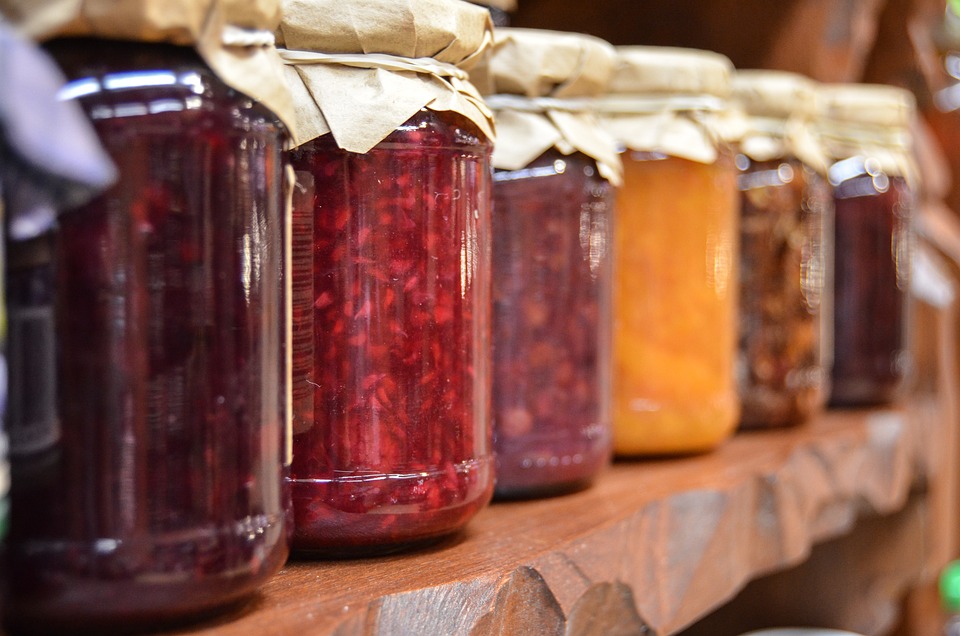For hundreds of years, food has been preserved on the African continent without the benefit of refrigeration. how? This article describes four common methods of preserving food in Africa.
1. Sun drying
For many Africans, the sun is an important factor in preserving food. Soon after harvesting, grains such as millet, maize, sorghum, green beans, and wheat, as well as pulses such as beans and peas, are spread out in the sun to dry. If the moisture dries out completely, these food items can last for a very long time—sometimes years—if stored in a cool, dry place and protected from pests.
Most homes had a granary above ground, where food items were stored. In addition to drying, it was also common to apply wood ash to legumes such as beans and peas to discourage insect infestations. Ashes can easily be washed off before cooking the pulses.
Various types of vegetables, tubers, and fish can also be successfully preserved in this way. Tubers such as cassava or sweet potatoes may have to be cut into thin pieces to facilitate the drying process.
2. Smoking
Smoking is another important way to preserve food. Previously, after hunting, hunters smoked large quantities of meat to facilitate its transportation home, as well as to preserve it. It was common to smoke game meat, while domestic animals were often consumed fresh after slaughter.
Smoking fish is still a very important method of preserving fish, used across the continent.
3. Salting
Salt was often applied to foodstuffs in order to preserve them, in conjunction with sun drying and smoking. Many fishermen salt fish in large quantities before drying or smoking it, to improve the chances that it will not rot. Salting has also been done on certain vegetables during the sun-drying process.
4. The use of fats
Some societies used fat to preserve food. These societies were mainly herders of animals, like the nomadic societies. For example, among the Somalis, when a camel was slaughtered, part of the meat was cooked with large amounts of fat and salt. Then it was stored for future use. The meat was kept fit for human consumption due to the large amounts of fat that was cooked and stored, as well as the salt.
Many parts of Africa still lack the electrical infrastructure needed for continuous re-cooling. Traditional methods of food preservation continue to play a vital role in keeping food edible for millions of people.
These methods, such as sun-drying, smoking, salting, and using fat, have not only stood the test of time—they’re also inexpensive and sustainable without requiring a lot of energy.
